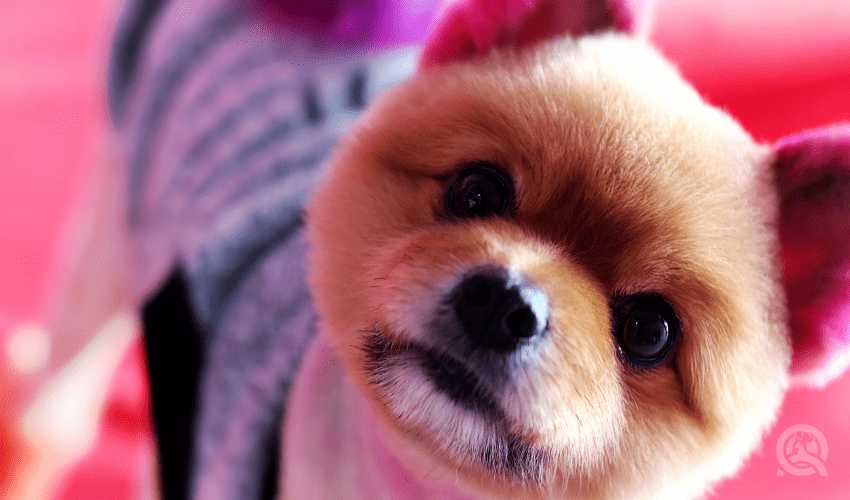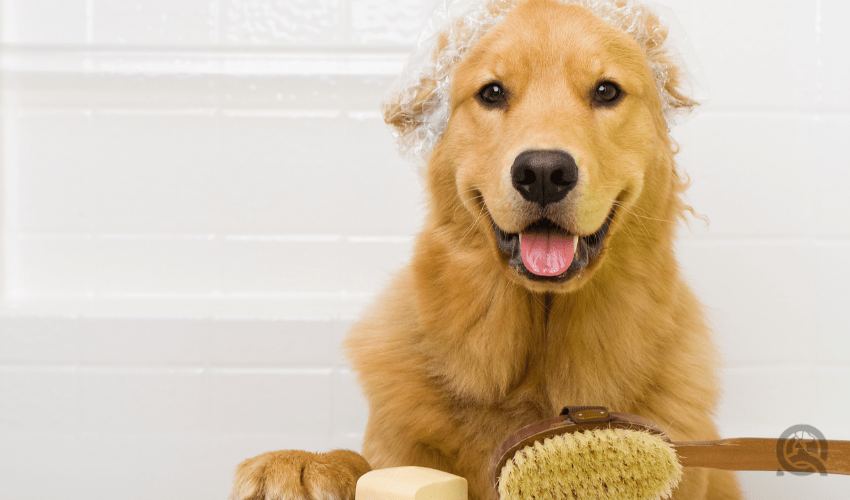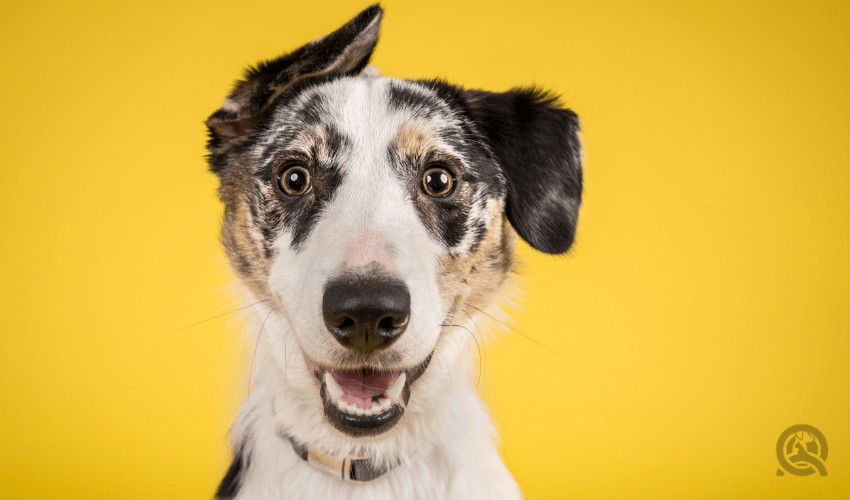Happy New Year, everyone!
As we embark on a brand new decade, let’s first take a look back at your favorite Sniffin’ Around blog articles from the past 10 years.

There are tons of clippers out there, and a bunch of custom blades to accompany them. As a professional groomer, it’s important to know your way around your clippers. The wrong blades can cause uneven cuts (at best) or seriously injure the dog (at worst)!
Should you go for steel or ceramic blades? What size is best for your dog? Are 5-in-1 blades any good? How should you maintain your blades? We have the answers to all these questions and more in this highly informative article.
Ask any professional groomer, and they’ll tell you that the teddy bear cut is a groomer’s bread and butter. It’s definitely a style you’ll have to practice and master before you can launch your dog grooming business. QC’s online dog grooming course has an extensive breakdown of this very important cut. In this popular post, you can get a sneak peek into the course video where QC tutor, Lisa Day, takes you on a step-by-step overview of the teddy bear cut!
Becoming a professional dog groomer takes patience and dedication. But it doesn’t have to be a complicated process! Back in 2017, we outlined the 6 simple steps that anyone can follow in order to achieve their goal of becoming a dog groomer. These steps are just as relevant today! So why not work these 6 steps into your New Year’s resolution, and become a dog groomer in 2020!
As a professional dog groomer, keeping a dog’s coat healthy is the responsibility at the very core of your job description. Different coat types have very different needs. For example, double coated dogs shouldn’t be shaved. Wire coated dogs need to be stripped. Smooth coated dogs have more sensitive skin. Using the wrong technique or tool on a dog can cause a lot of damage to their coat!
But it’s not always easy to identify a dog’s coat type, especially if you’re dealing with a mixed breed. So use these four tricks to properly identify your furry client’s coat, so you can give him the groom he deserves.

Now there’s an important question if you’re looking to start a career as a dog groomer! Unfortunately, there’s no one-size-fits-all answer to this question, because any state/province can set its own regulations. But this post will guide you through finding out the basics: from what exactly a dog grooming license is, to how to find out if you need one where you work.
I guess licenses are just on your minds a lot!
Lots of people use the terms “certification” and “license” interchangeably. But they are, in fact, two completely different items. Whether it’s required or not, a certification is always a good idea for any serious dog groomer. It’s a proof of competency that you can show to potential clients. If you’re “certified”, then you’ve been trained to groom dogs safely.
Read the full article for more information on the differences between licenses and certifications, how to find out what you need, and how to obtain them.
Frankly, I was surprised this article wasn’t number one on this list. “How much money will I make as a dog groomer?” is one of the most important questions people ask before deciding whether they want to launch their grooming career!
Of course, your actual salary will vary based on your location. But this article does a great job of breaking down the criteria that will affect your grooming salary, including the types of services you offer and your years of experience. Keep in mind that you may need to adjust the numbers a little for inflation (the article was published in 2017, after all), but the overall information is still highly relevant today!

Let’s face it: there are perfectly valid reasons why someone might not be suited to being a dog groomer. It’s a wonderful career for the right person. But it can also be your own personal hell if you start a grooming career without thinking through the down sides of the job.
If you’re on the fence about whether you want to become a professional dog groomer, consider these 8 reasons why the profession might not be the best fit for you.
Okay, so maybe this is why #4 wasn’t closer to the bottom of the list. Here’s another article that’s a must-read before you decide to become a professional dog groomer! This article outlines additional start-up costs for your dog grooming business. It also gives you a ballpark range that you can expect for your salary, once your business is up and running. Want some tips to increase that base salary? We’ve got you covered there, too.
1: 7 Common Dog Haircuts (2016)
Cheers to the #1 most popular dog grooming article of the past decade (WOW)!
As a professional groomer, there are a few haircuts you’ll encounter over and over again. Yes, the teddy bear cut is going to be number one by far – but there’s also the poodle cut, the lamb cut, the kennel cut, and more. This article demonstrates 7 dog haircuts you’ll encounter countless times over the course of your grooming career.

Are there any articles you’d like to see covered in 2020? Let us know in the comments!
